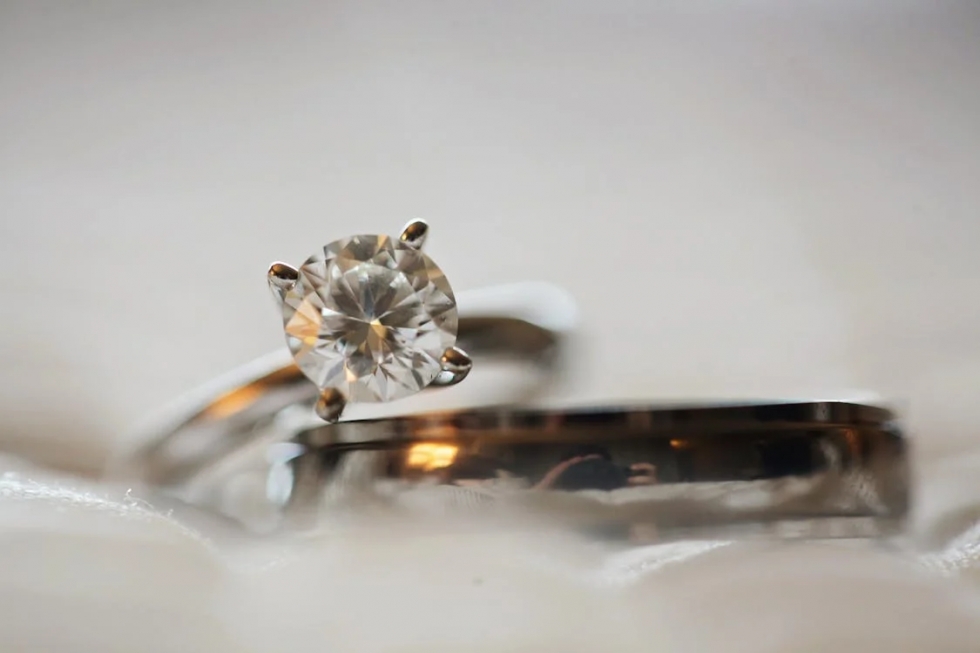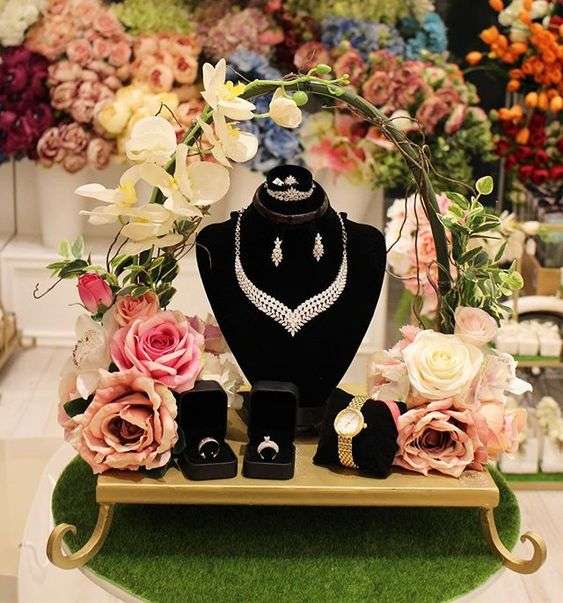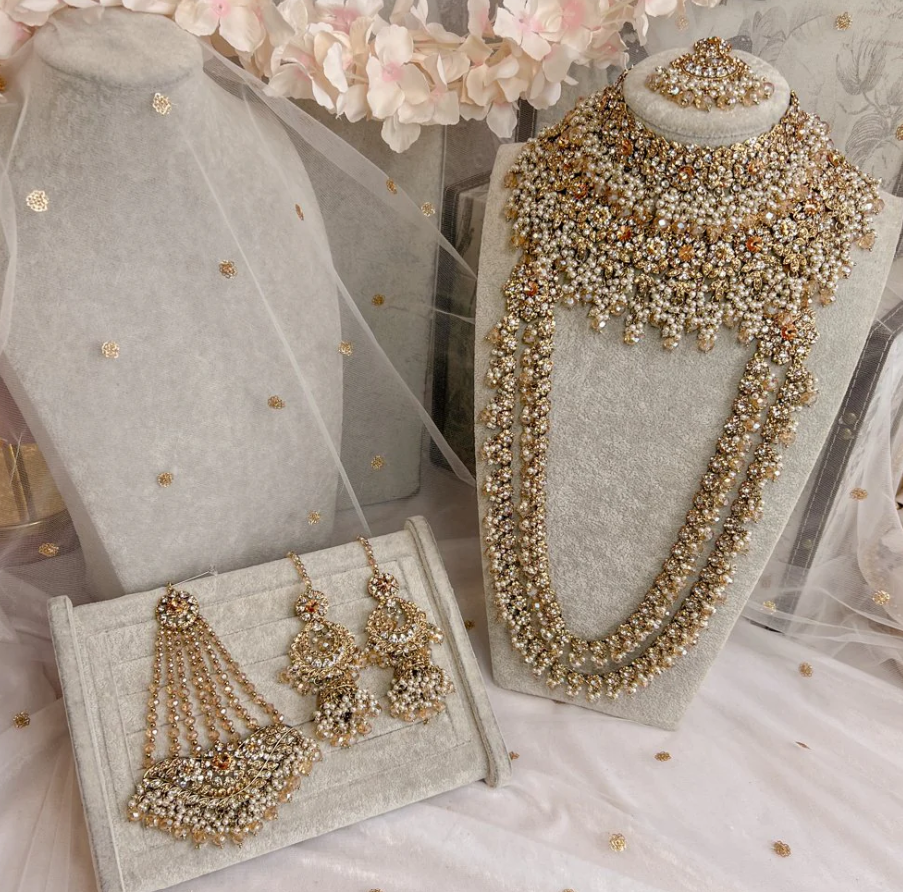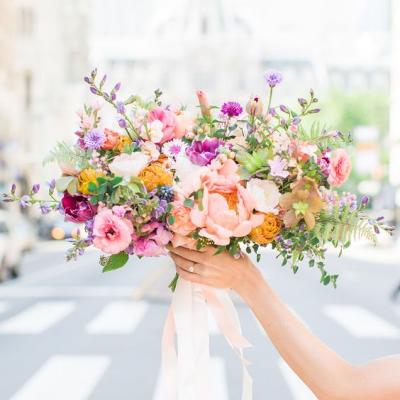The Importance of Wedding Jewellery in Different Cultures and Traditions

In every culture all over the world, weddings embody unity and love, and as is common with most weddings, jewelry is used to express commitment to the promises made. Rings, necklaces, and other forms of jewelry can be considered windows into cultures and diverse traditions showcasing how different societies present themselves. In modern times, couples now blend tradition with sustainability, by using ethically sourced jewellery, such as lab-grown diamond tennis bracelets or wedding bands.
But why is jewelry so important, especially at weddings?
5 Cultures and What Jewelry Means to Them
We did a deep dive into the rich tapestry of jewelry in weddings across different cultures, looking into its role and significance, and here is what we found:
1. The Western Culture
There is a diverse history when it comes to jewelry in the West as they are influenced by different artistic movements and historical periods. They range from the Victorian era to the Art Deco period and they have continuously evolved to accommodate the changes in taste and the values of society.
When it comes to modern Western culture, they include designer jewelry that is a mixture of contemporary design and traditional craftsmanship. Additionally, in modern Western weddings, diamond engagement rings and wedding bands symbolize love, commitment, and eternity. This shift reflects the changing cultural priorities of today’s society, where meaning often holds as much weight as aesthetics and luxury.
2. Africa
In African cultures, jewelry is connected with the spiritual and social life. For instance, jewelry made from coral bead headpieces and necklaces is believed to ward off evil spirits and bring fertility. Another good example of this symbolism is the tribal fashion jewelry from the Maasai. The patterns and color have their representations of social position, marital status, and age.
When it comes to rituals and ceremonies, jewelry is widely used as a form of beauty in several African cultures. They are made from baked clay and come with intricate designs. The natural materials and earthy tones are a reflection of the strong bond African communities have with their environment.
3. Middle East
Here, fashion jewelry represents wealth and social status. One of the most common forms of ornaments is the traditional gold-plated jewelry that comes with complex designs and precious gems. Jewelry plays a key role in special occasions and daily life of the Arabian and Persian cultures.
During weddings, the women wear specific designer jewelry to showcase the social status of the family and how much wealth they possess. These include earrings, bracelets, and necklaces made from gold and featuring complex designs and gemstones. The pieces have designs passed on from generation to generation keeping the cultural heritage of the community intact.

4. India
No other country in the world boasts of diverse fashion jewelry in weddings and festivals as much as India. Gold jewelry in the Indian community symbolizes prosperity, purity, and wealth, and is popular in critical life events and festivals, especially weddings. There are those designed specifically for weddings and those elegantly made for the everyday wearer.
The different pieces come with their own spiritual beliefs and cultural heritage. A popular kind of jewelry dated from ancient times is terracotta jewelry, these are made by hand and feature visually striking colors, adorned with motifs that showcase Indian nature and mythology.

5. East Asia
Countries like Korea, Japan, and China have a reputable tradition of fashion jewelry that reflects their philosophies and history. In China especially, jewelry has been used for thousands of years to symbolize spiritual beliefs, wealth, and power with the most popular one being jade. It is considered to have healing properties and is usually carved into complex designs and shapes.
Gold is also popular among the Chinese, especially in significant festivals and during the Lunar New Year. Kanzashi hair pins are popular in Japan as a form of jewelry paired with Kimonos during special occasions. They have complex designs, that are butterfly or flower-shaped and come crafted from lacquered wood, silver, or gold.
Takeaway
From the diamond rings of the West, the coral beads of Africa, or the jade ornaments of East Asia, each piece of jewelry carries deep significance. They reflect the values, beliefs, and heritage of a community. Although the materials and styles may vary, the main message remains the same which is that of commitment and love.





